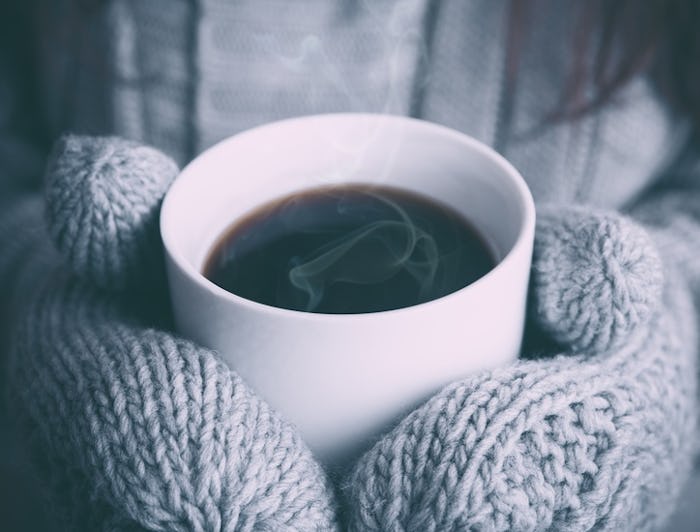Life

11 Ways To Keep Your House Warmer That Don't Involve Turning Up The Heat
When the temperature falls below zero this winter, you're going to want to feel warm in the comfort of your own house. But before you run to turn up the thermostat, consider warming your home without using the heater. Sure, cranking the heat is one way to make your place toasty, but it will also make the air stale and dry, and will cost you a pretty penny.
Finding alternative ways to warm up the house is surprisingly easier than you might think. By moving some furniture or adding some well placed shelves, you can help your house stay warm all winter long. Of course, you will want to supplement any tactic with the heater as well, especially on those extra cold days, but you can at least partially cut down on heat use.
There is always the option to hire professionals to insulate your walls, but that can have a pretty hefty price tag. So before you commit, try making some of these smaller changes first and see if you notice a difference. All of these hacks work to keep the heat trapped in the house, specifically the areas you're in the most often. Give them a shot — it's worth the time if you'll be cozier at night.
1Get Some Rugs
Insulation is key to retaining heat, and, as BBC reports, an uninsulated floor can account for up to 10 percent of your total heat loss. Placing some area rugs on any bare floorboards will help you keep heat in your house. Not to mention it gives you a good excuse to do some interior decorating.
2Use Sunlight To Your Advantage
Let the sun shine in! Sunlight is a natural heater, so during the day keep the blinds open and let the rays warm the house.
3Have Your Ceiling Fan Spin Clockwise
Did you know that you can control the direction in which your ceiling fan spins? And that the direction makes a difference in how heat stays in your place? The Huffington Post shared that running a fan clockwise pushes the warm air down, so give that a whirl (pun intended.)
4Seal Any Air Leaks
As noted in Fresh Home, warm air escapes through any air leaks in the house, so try and find these areas and seal them up with caulk. Common spots include the sides of windows and doors and anywhere else there has been a cut in the drywall, like around light fixtures.
5Close The Flue
If you have a fire going, that'll obviously give off a lot of heat. When your fireplace is not in use, Energy.gov suggestyour flue closed. That way heat won't escape out.
6Close Doors To Rooms You Aren't Using
Keep the heat in the places you'll be inhabiting. U.S. News advises homesowners to close doors to any rooms you aren't using to stop the heat from spreading into places i's not needed.
7Use Tin Foil
Tin foil isn't just for wrapping up your leftovers. The Mirror shares that placing sheets of tinfoil behind the radiator will help to keep heat in by reflecting it back into the house instead of escaping out the wall.
8Get Thick Curtains
You want to keep the shades open when the sun is shining, but close the curtains once night falls. And the thicker the material the better, as it will help keep cold air from permeating in.
9Move Furniture Away From The Radiator
Don't block the source of heat. Keeping a sofa, chair or any other piece of furniture in front the radiator will only absorb the heat and prevent it from spreading and warming up the house, as stated on the BBC.
10Use Your Oven
There's no time like winter to take up baking. Having the oven on will keep the kitchen and surrounding rooms warm.
11Place Shelves Above The Radiator
This one is great especially if you've got high ceilings. Placing a shelf on the wall above the radiator will stop the heat from rising above the shelf, according to the BBC. This will keep the hot air in the part of the room you inhabit instead of empty space.
Images: Unsplash, khairul nizam, Tookapic, Kaboompics/Pexels; Jessica Spengler, Johannes Schmidt, Steve Johnson, jinkazamah, Cody, Clevergrrl, Cristian Bortes, Ephidryn/Flickr;